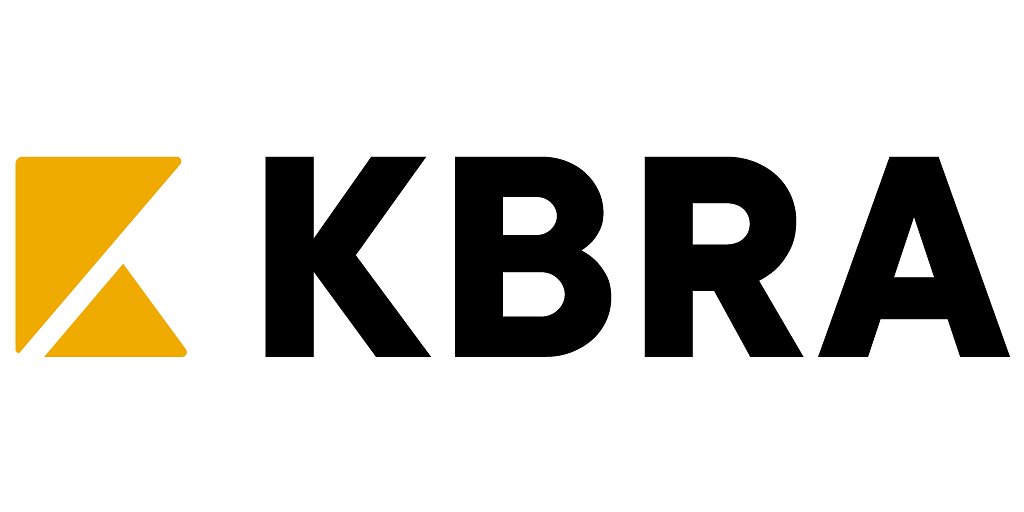
ABS Market Poised for Growth, But Diverging Sectors Demand Careful Navigation
New forecasts predict a $385B US ABS market in 2026, but a ‘K-shaped’ economy and policy shifts create headwinds for credit card and solar-backed securities. Investors must adapt to a landscape of diverging fortunes.
ABS Market Poised for Growth, But Diverging Sectors Demand Careful Navigation
NEW YORK, NY – November 20, 2025
Forecast Points to Continued ABS Expansion
The U.S. Asset-Backed Securities (ABS) market is projected to continue its growth trajectory, with a new forecast from Kroll Bond Rating Agency (KBRA) predicting total issuance of $385.2 billion in 2026 – a 5% increase year-over-year. This optimistic outlook is bolstered by expectations of a moderating rate environment and solid investor demand, suggesting continued confidence in the sector despite broader economic uncertainties. However, a closer examination reveals a landscape of diverging fortunes, where certain sectors are poised for expansion while others face significant headwinds.
A ‘K-Shaped’ Recovery and Sector Divergence
KBRA’s analysis underscores the growing influence of a ‘K-shaped’ economic recovery, where differing segments of the population and economy experience vastly different outcomes. This dynamic is particularly evident within the ABS market. Sectors tied to resilient consumer spending and essential services – notably auto loans, student loans, and equipment financing – are expected to drive growth. Conversely, sectors more sensitive to economic fluctuations and policy changes – credit card and solar ABS – are predicted to contract.
“We're seeing a clear bifurcation,” explains a senior analyst at KBRA. “While overall ABS issuance remains healthy, investors need to be discerning and carefully evaluate the underlying collateral pools. The risks are not evenly distributed.”
The expectation of contraction in credit card ABS stems from a combination of factors, including potential shifts in consumer spending patterns and a cautious approach from lenders. Affordability pressures and ongoing credit normalization, along with tighter underwriting standards, are all contributing to a less favorable outlook for this sector. The rise of alternative financing options and increased consumer debt levels further complicate the picture.
“Consumers are increasingly prioritizing essential spending,” says one industry observer. “That, coupled with a more cautious lending environment, is likely to dampen activity in the credit card ABS market.”
Policy Shifts and the Solar ABS Slowdown
The solar ABS sector faces a more acute challenge, driven by significant policy shifts and regulatory uncertainty. Recent changes in incentives and tax credits, coupled with evolving state-level regulations, are creating headwinds for new solar projects and, consequently, for the securitization of solar loans.
The impact is already being felt within the industry. One analyst notes, “The U.S. solar sector is facing a period of adjustment. Policy uncertainty is discouraging investment, and that’s directly impacting the pipeline of assets available for securitization.”
Multiple sources confirm the expectation of a slowdown, with some predicting a significant contraction in solar ABS issuance in 2026. This contraction is not necessarily indicative of a long-term decline in the solar industry, but rather a temporary adjustment to the changing policy landscape.
Navigating the Risks and Opportunities
Despite the challenges facing certain sectors, the overall outlook for the ABS market remains positive. The key to success lies in careful analysis, diligent risk management, and a nuanced understanding of the underlying trends. Investors are increasingly focused on collateral quality, borrower creditworthiness, and the potential impact of macroeconomic factors.
“It’s a more complex environment now,” says a portfolio manager specializing in ABS. “You can’t simply chase yield. You need to do your homework and understand the risks associated with each asset class.”
Furthermore, the moderating rate environment is expected to provide some support for the ABS market, reducing funding costs and improving the attractiveness of these securities. However, investors must also be mindful of the potential for rising delinquencies and credit losses, particularly in sectors facing economic headwinds.
Inflation remaining above the Fed’s target is also a key concern. The IMF predicts U.S. inflation will remain elevated, creating uncertainty for investors and borrowers alike. Careful monitoring of macroeconomic indicators and proactive risk management strategies are essential to navigate this complex landscape.
Analysts emphasize the importance of diversification, advising investors to spread their investments across different asset classes and sectors to mitigate risk. The resilience of the auto loan and student loan ABS markets provides a relatively safe haven, while the potential for growth in emerging sectors like equipment financing offers attractive opportunities for those willing to take on a bit more risk.
📝 This article is still being updated
Are you a relevant expert who could contribute your opinion or insights to this article? We'd love to hear from you. We will give you full credit for your contribution.
Contribute Your Expertise →